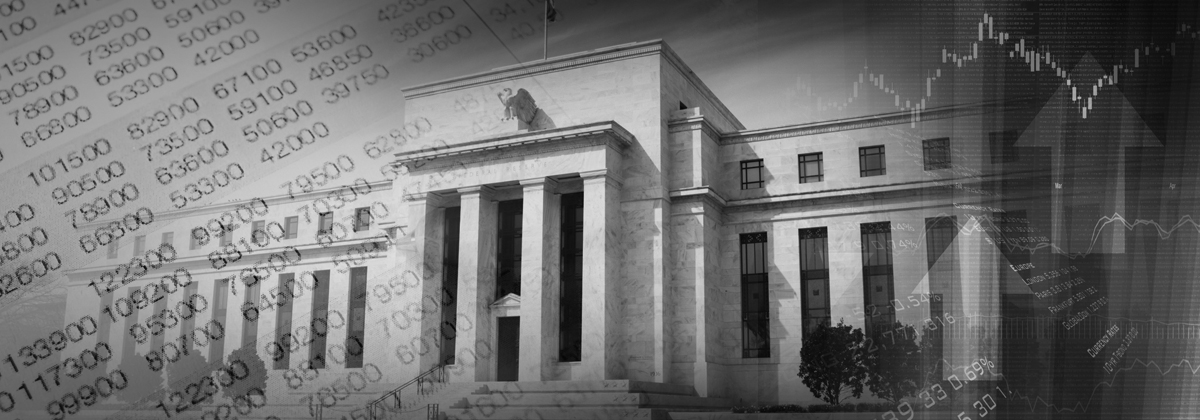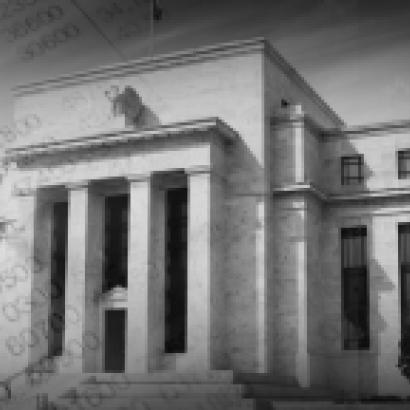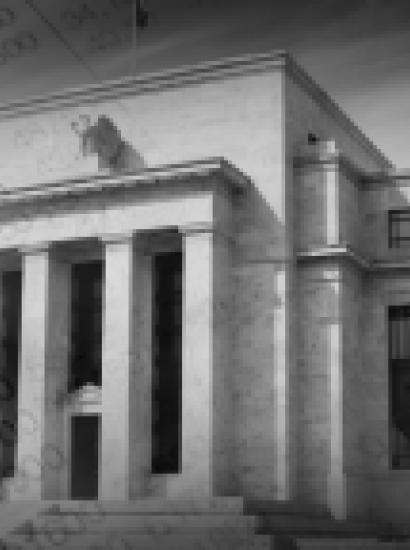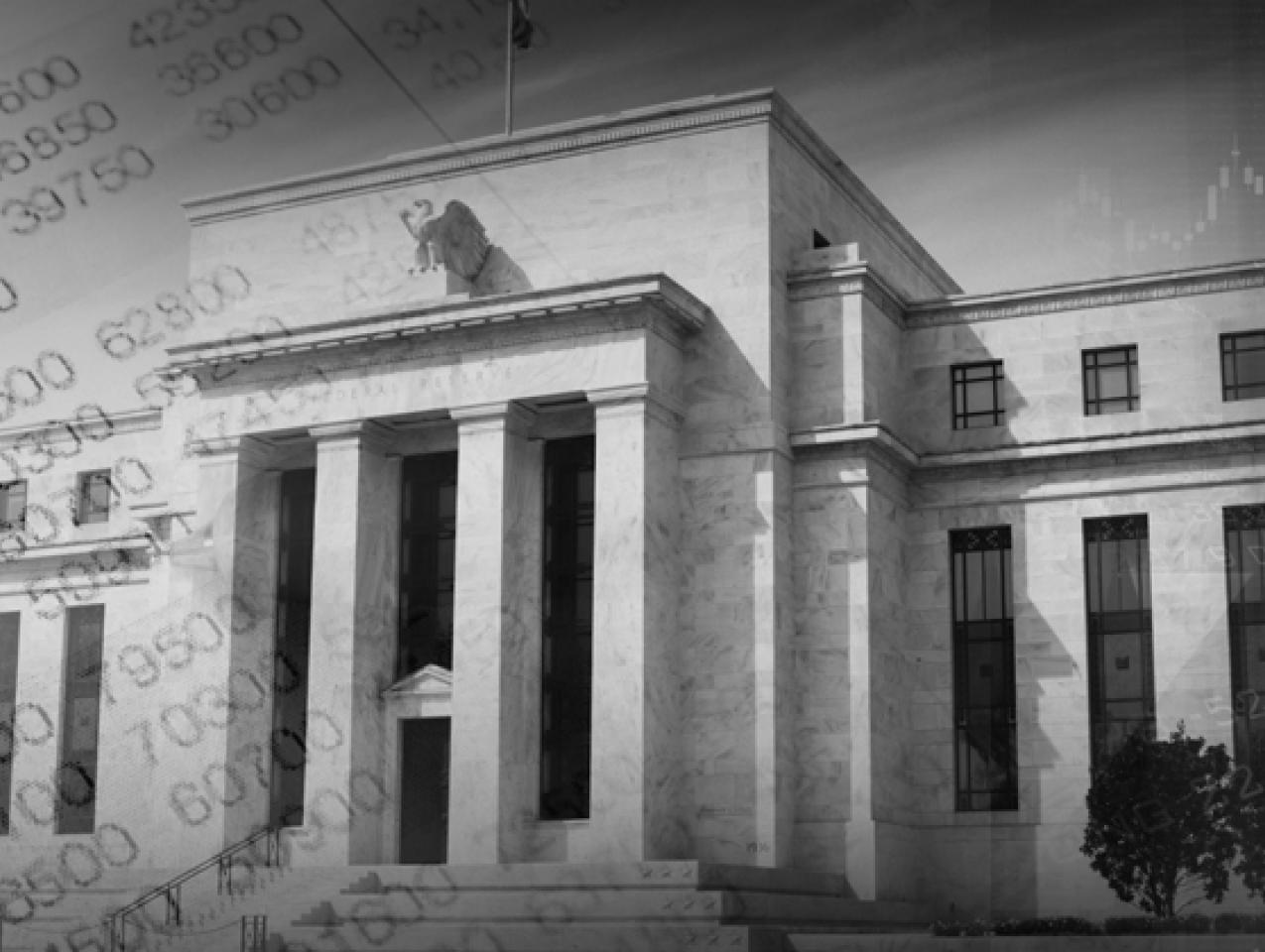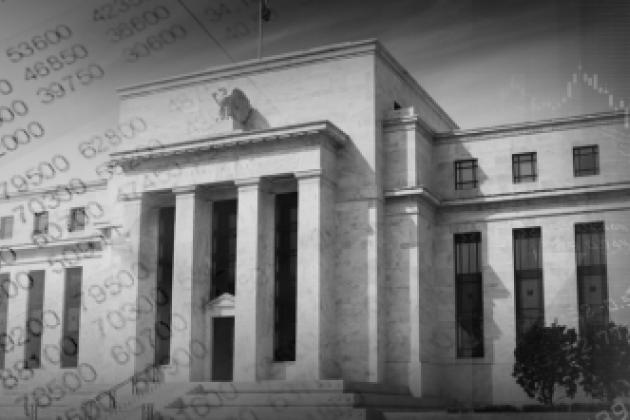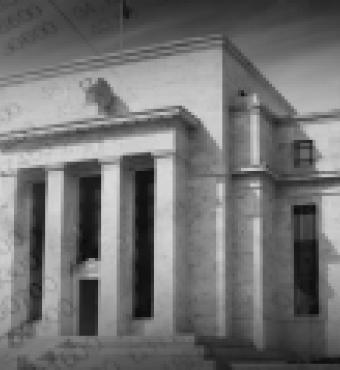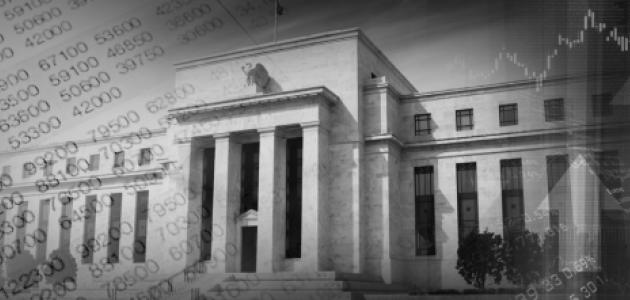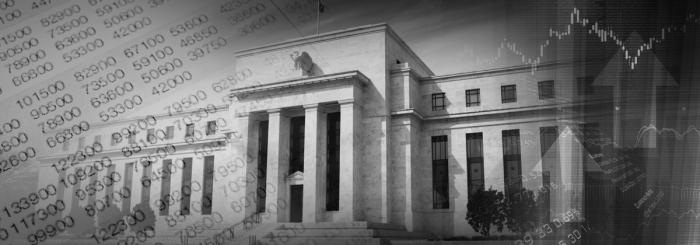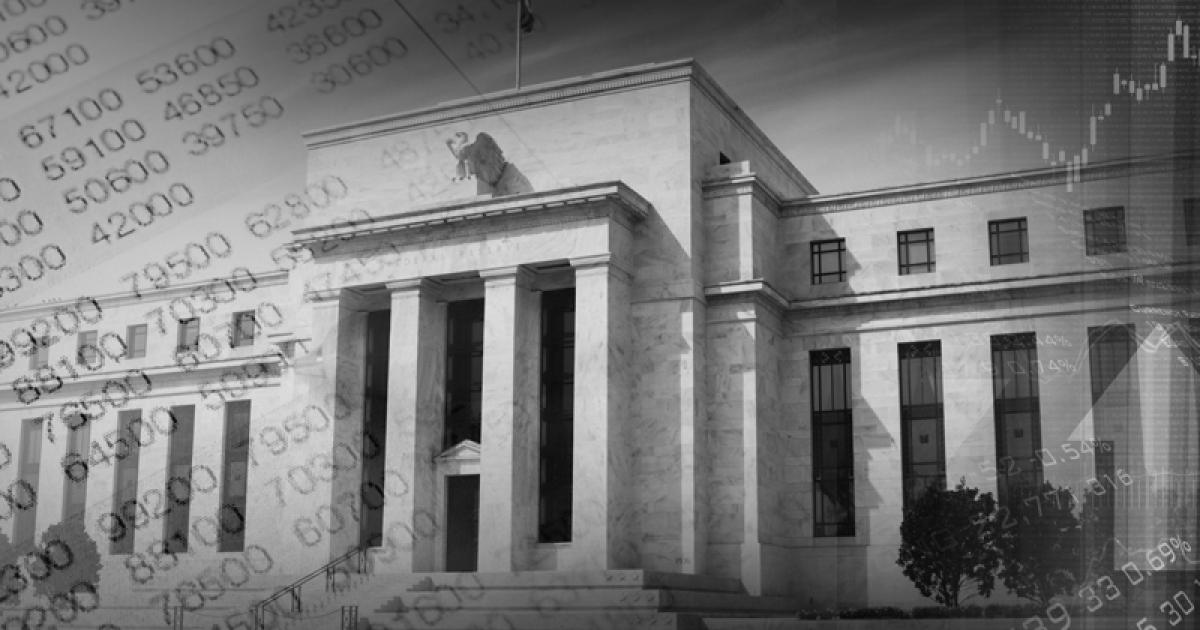- Economics
Over the years, calls to reform the Fed have come and gone. We have seen periods when the Fed has been praised and vilified, sometimes simultaneously. In the best of times, central banks go about their business of stabilizing the value of the nation’s currency with little attention from the broader public or from politicians. In recent years, however, the Fed has become a favorite whipping boy in some quarters. Indeed, whether it comes from the left or the right, criticism and the calls for reform have grown.
A number of proposals have been put forward to reform the Fed. But I see disturbing trends in how Congress and others seem to envision the appropriate role for our central bank. In particular, Congress has been using the Fed to explicitly avoid tough fiscal choices. This undermines the independence of the Fed with potentially dangerous repercussions.
For example, in December 2008, several members of Congress wrote a letter to then Chairman Ben Bernanke. In that letter they indicated that Congress couldn’t decide what to do about the failing automobile companies. They inquired whether the Fed would loan money to the companies directly to keep them afloat while Congress took more time to think about what to do. This was not as ridiculous an idea as it might seem. After all, the Fed, mostly on its own, had already loaned money to aid the rescue of Bear Stearns and AIG. These were loans that were funded directly by the Fed’s balance sheet. It was therefore not surprising that a number of individuals in Congress supposed that the Fed might allocate credit to help the automobile firms.
Fortunately, Chairman Bernanke gave the correct response. No! Yet this was an omen of things to come.
In 2010, with the passage of the Dodd-Frank legislation, Congress required the Fed to provide funding for the Consumer Financial Protection Bureau. Congress did not want to fight over appropriations for the CFPB so it funded it out of the Fed with a fixed percentage of the Fed's expenditures even though the Fed was not given any control or oversight responsibilities for the new bureau. The Fed acquiesced without a fight.
Of course this does not mean that the CFPB isn’t being funded at taxpayer expense because the Fed will simply return less money to the Treasury than it otherwise would. But Congress was more interested in constructing a smoke screen to avoid having to pass annual appropriations for the new controversial agency. So now the expenses of the Bureau are not part of the appropriations process but are automatically paid by the Fed. Moreover, the legislation explicitly specified that the funds expended by the Bureau are not reviewable by Congress.
The most recent encroachment on Federal Reserve independence is perhaps the most serious. Last fall, Congress chose to fund a portion of a highway-transportation bill using the capital surplus account at the Fed and reducing the dividend payments to those large banks that have chosen to be member banks. This is poor policy from a number of perspectives. First, transportation infrastructure spending has typically, and correctly, been funded by taxes on users. This practice has now been abandoned. Worse, this action is further evidence that Congress increasingly seems to think of the Fed as a source of funding for fiscal initiatives. Central bank independence is incrementally being eroded.
Particularly troubling is the fact that the Fed has not put up much of a fight. Independence is a fundamental principle of sound central banking. The Fed should protest more vigorously and make clear to the American public the risks of such actions.
Good governance requires a healthy degree of separation between those responsible for taxes and expenditures and those responsible for printing money. The temptation of the fiscal authorities to resort to the printing press for short term relief from fiscal discipline becomes even more important when it is recognized that monetary policy works with considerable lags, be it on inflation or, perhaps, real activity.
It is instructive to review a case in point—Argentina. In 2010, the Central Bank of Argentina lost its last shred of independence. The central bank became the piggy bank of the government.
What led to this change? In early 2010, the governor of the bank, Martin Redrado, was forced from office by then president Cristina Kirchner. The governor was dismissed because he refused to turnover reserves of the central bank in order to fund huge government deficits created in part by corruption and unsustainable subsidies to nationalized industries.
With a new governor in place, transfers to the government from the central bank doubled from about 12 billion pesos in 2009 to about 25 billion pesos in 2010. By 2015, the annual transfer had grown to over 150 billion pesos. It is not hard to imagine the consequences. Inflation was reported to be less than 10 percent in 2009, but by 2015, it had risen to more than 25 percent.
Kirchner was ousted from office last fall and the new government is working to rectify this disaster. For their sake, let's hope they are successful.
Are we Argentina? Hardly, but the current cavalier attitude toward Fed independence is not encouraging. If a new Administration or Congress calls for massive amounts of infrastructure spending, don’t be surprised if it asks the Fed to “share the burden.” Who will protect Fed independence if the Fed itself won't stand up for the principles of sound central banking?







